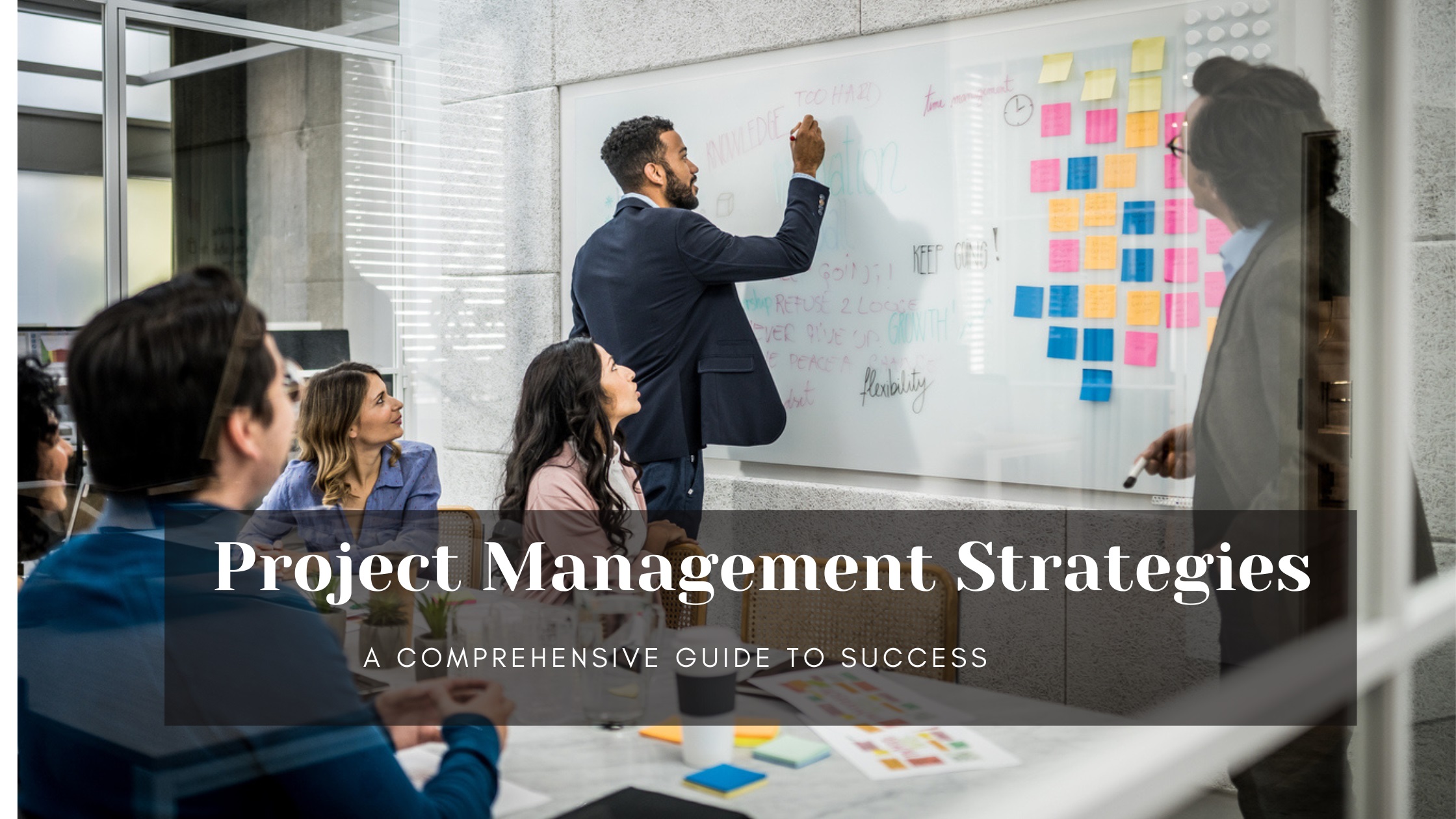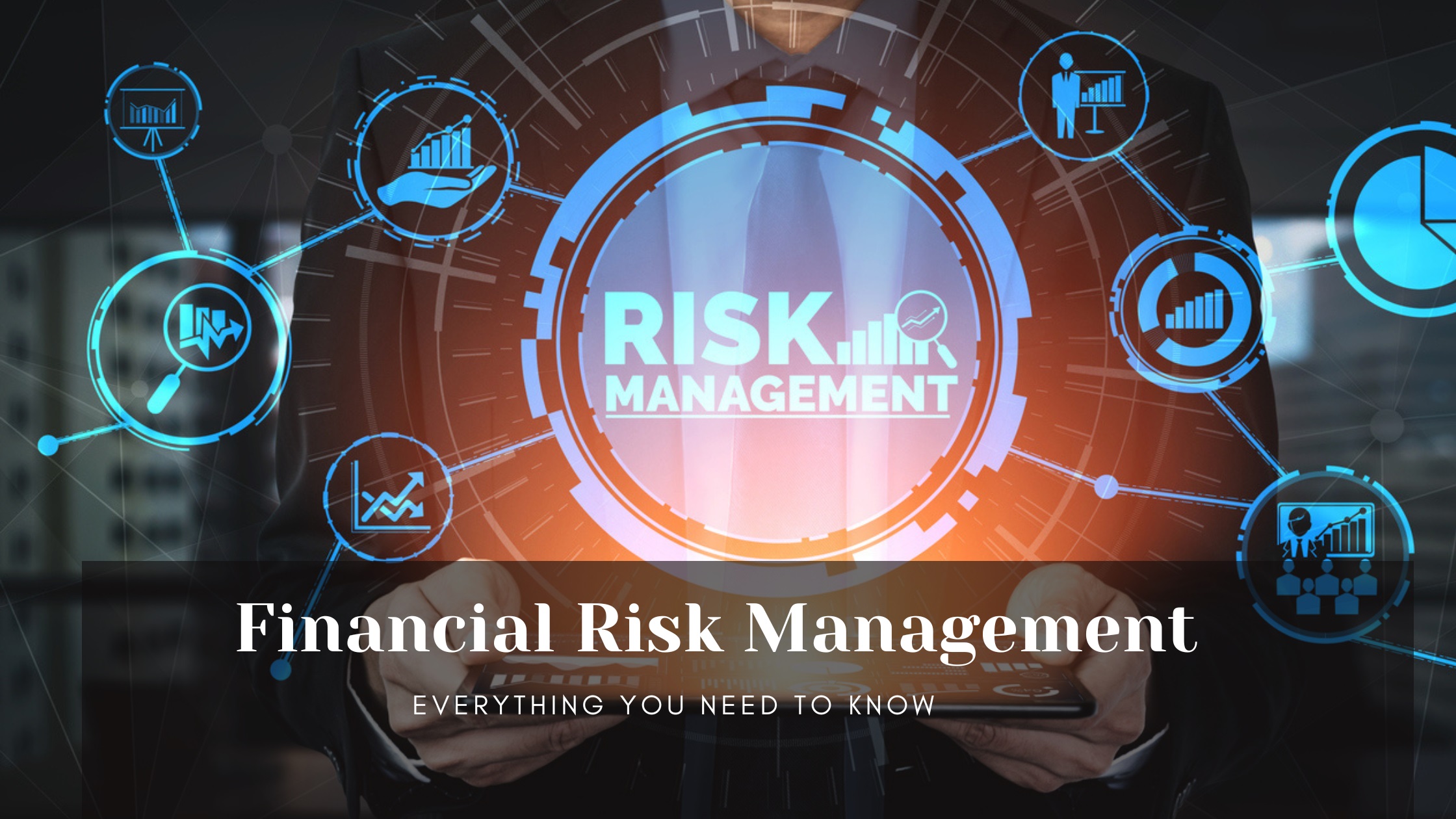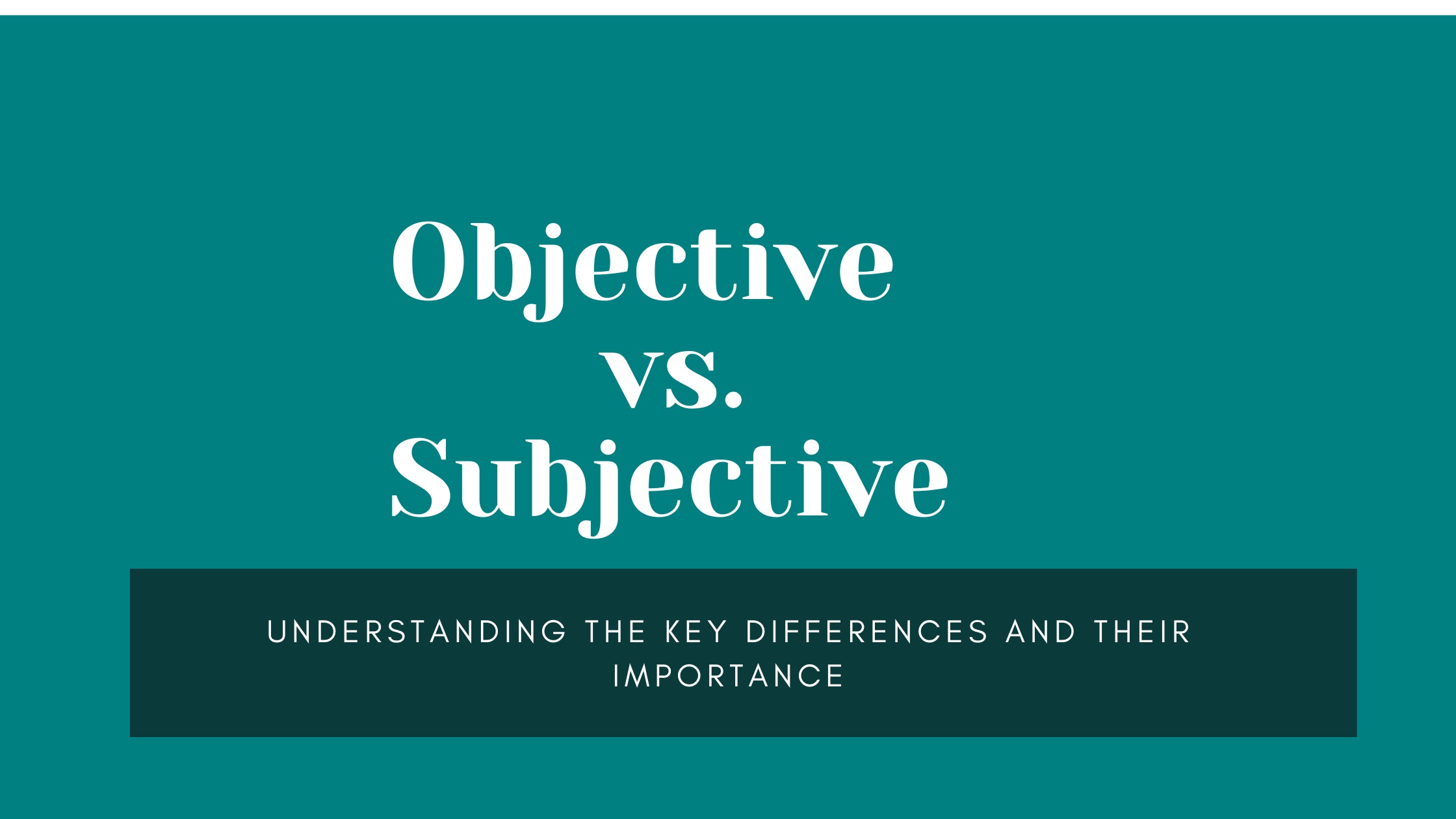
Effective communication in the workplace is crucial for the smooth functioning of any organization. Good communication in the workplace helps enhance collaboration and boosts productivity. This guide provides practical workplace communication hacks to help you improve your communication skills and achieve professional success.
The Importance of Effective Workplace Communication
Benefits
● Increased Productivity: Clear communication ensures that tasks are understood and completed efficiently.
● Enhanced Collaboration: Effective communication fosters teamwork and collaboration, leading to better problem-solving and innovation.
● Positive Work Environment: Good communication helps build trust and mutual respect among team members.
● Reduced Misunderstandings: Clear communication minimizes errors and misunderstandings, leading to smoother operations.
Communication Hacks for the Workplace
Active Listening
Active listening means listening to something with total concentration and understanding. It also involves remembering what the speaker is saying. It is crucial for effective workplace communication.
● Focus on the Speaker: Give your full attention to the person speaking, avoiding distractions.
● Acknowledge Understanding: Use nods, verbal affirmations, and paraphrasing to show you understand the message.
● Avoid Interrupting: Let the speaker finish their thoughts before responding..
Clear and Concise Messaging
Clear and concise communication ensures your message is easily understood and reduces the risk of misinterpretation.
● Be Direct: Get to the point quickly and avoid unnecessary jargon.
● Use Simple Language: Avoid complex words and phrases that may confuse the listener.
● Check for Understanding: After every communication, ask questions or seek feedback from the listener to ensure they understand your message.
Non-verbal Communication
Non-verbal cues, such as body language, facial expressions, and eye contact, play a significant role in communication.
● Maintain Eye Contact: It shows confidence and helps build trust.
● Be Aware of Body Language: Use open and positive body language to convey approachability and confidence.
● Monitor Facial Expressions: Ensure your facial expressions align with your message.
Utilize Technology Wisely
Creating an environment where open communication is encouraged leads to better collaboration and problem-solving.
● Use Collaboration Tools: Slack, Microsoft Teams, and Trello can streamline communication and collaboration
● Video Conferencing: Use video calls for remote communication to add a personal touch.
● Email Etiquette: Keep emails clear, concise, and professional. Use appropriate subject lines and follow up if necessary.
Provide Constructive Feedback
Constructive feedback helps improve performance and fosters growth. Deliver it effectively to encourage positive change.
● Be Specific: Focus on specific behaviors or actions rather than generalizations.
● Use the “Sandwich” Approach: Start with positive feedback, address areas for improvement, and end with positive reinforcement.
● Be Timely: Provide feedback after the event or behavior as soon as possible.
Encourage Open Communication
Creating an environment where open communication is encouraged leads to better collaboration and problem-solving.
● Foster Inclusivity: Encourage all team members to share their ideas and opinions.
● Be Approachable: Make yourself available for discussions and be open to feedback.
● Promote a Safe Environment:Ensure team members feel safe expressing their thoughts without fear of judgment or retribution.
Adapt to Different Communication Styles
Understanding and adapting to different communication styles can improve interactions and collaboration.
● Identify Styles: Recognize whether your colleagues prefer direct, indirect, detailed, or big-picture communication.
● Adapt Your Approach: Tailor your communication style to match your audience’s preferences.
● Be Flexible: Be willing to adjust your communication style as needed to ensure effective interaction.
Practice Empathy
Empathy involves understanding and sharing the feelings of others. It is essential for building solid relationships in the workplace.
● Listen Actively: Show genuine interest in others’ perspectives and feelings.
● Acknowledge Emotions: Recognize and validate the emotions of your colleagues
● Respond Appropriately: Offer support and understanding when needed.
Regular Check-Ins
Regular check-ins with your team can help maintain open lines of communication and address any issues promptly.
● Schedule Meetings: Set regular team meetings to discuss progress, challenges, and updates.
● One-on-One Meetings: Hold individual meetings to provide personalized feedback and support.
● Be Consistent:Ensure regular and consistent check-ins to build trust and accountability.
Continuous Improvement
Always look for ways to improve your communication skills and adapt to new communication trends and technologies.
● Seek Feedback: Ask for feedback on your communication style and adjust accordingly.
● Stay Informed: Keep up with the latest communication tools and best practices.
● Invest in Training:Attend workshops, webinars, and training sessions to enhance communication skills.
Conclusion
Effective workplace communication is essential for personal and organizational success. These hacks can improve communication skills, foster relationships, and enhance productivity. Remember, communication is a continuous process, and there is always room for improvement. Embrace these strategies to create a more collaborative and positive work environment.
Recent Post
 Project Management Strategies: A Comprehensive Guide to Success
Project Management Strategies: A Comprehensive Guide to Success Financial Risk Management: Everything You Need to Know
Financial Risk Management: Everything You Need to Know The Importance of Independent Thinking- Why It Matters in Today’s World
The Importance of Independent Thinking- Why It Matters in Today’s World Objective vs. Subjective Reasoning: Understanding the Key Differences and Their Importance
Objective vs. Subjective Reasoning: Understanding the Key Differences and Their Importance When is the Best Time to Study: Morning, Noon, or Night
When is the Best Time to Study: Morning, Noon, or Night